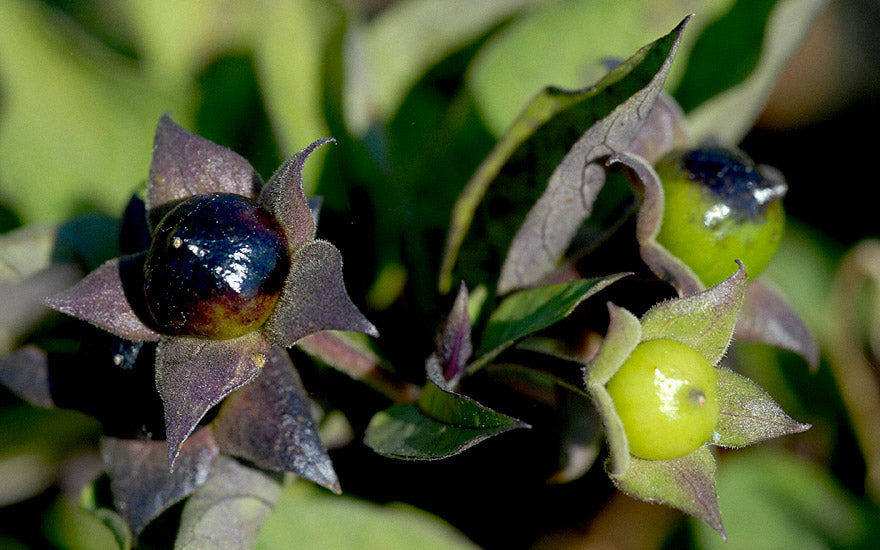
Atropa belladonna - the twilight of sleep and deadly nightshade
Posted by entheogenic paths on
The increasing presence of decorative plants, cut flowers, flower albums, flower decoration, and the addition of flowers as a genre in poetry, fiction and painting reached a peak during the Victorian era.
I am particularly interested in how this change in the cultural view of nightshade plants translates into a reading that treats the subject as 'sentimental botany' - all those works that focused on symbolism, mythic or romantic, instead of the strictly scientific representations, of plants and the 'flowers of evil'.
with Linnaeus' botanical-sexual system of classification, which tended to reinforce a much older symbolic association of flowers with women... given Victorian culture's tendency to sentimentalize and anthropomorphize (personify) plants despite, or perhaps because of, the increasingly scientific worldview of the era. It is not surprising to find that female singers occupy an unstable place in the discourse of the nineteenth or twentieth century.
My research is to locate the places occupied by the soloists in the various discourses up to and during 'Darwin's century', to find out what patterns of reference occur and finally, to determine what the idea of the 'night shadow family' meant to Victorians.
When Linnaeus officially applied a scientific name to the plant in 1753, he recognized its poisonous nature as well as its social value. The names atropine and belladonna both refer to the effects of this drug complex.
The first is derived from Atropos - one of the three fates in Greek mythology - as a result of its use as a poison during the Middle Ages. The latter refers to his ability to open the eyes of "beautiful ladies". Both are now used in medicine as an anticonvulsant, especially for Parkinson's, where the average dose of atropine is 0.5 mg. Users have survived doses of more than a gram, but the effects appear to be toxic in most cases at 10 mg or more and are not recommended.

The Three Fates , tondo by Hans Vischer , c. 1530
In Greek mythology, the three destinies or the three sisters of fate, (Moirai) and the eldest of the three Atropos ruled fate Each animal, when its lightness spun the thread of fate, Lachsis the caster of fate determined its length and Atropos decided on the manner of the person's death and cut the thread that each animal had according to the length determined for it. Cutting the cord resulted in the immediate death of the person.
In Shakespeare's Macbeth, the strange sisters (or the three witches), are prophetesses, deeply rooted in both the worlds of reality and the supernatural. Their work was influenced by British folklore, witchcraft and the legends of the Norns and Moiras.
The three witches symbolize the belladonna, datura and intoxication plants.

Three Witches, MacBeth, by James Henry Nixon,
British Museum, 1831.
Sodom apples are thought to be associated with the plant and the name belladonna records an old superstition that at certain times the spirit of the plant takes form Mesmerizing and overly kind, one that is dangerous to look into her eyes because her look will cause madness and ecstasy.
Romanticization of illness and death - the frail and pale woman becomes a sex symbol
Tuberculosis manifested itself in paleness, extreme thinness, profuse sweating and dilated pupils that led to blindness. Women and girls from the wealthier classes sought to resemble the tragic heroines who became the sex symbols of the time and even tried to simulate the effects of the disease with the help of fashion accessories and natural cosmetics. They began to apply white powders on their skin that whitened the skin and made it shiny, they dripped drops of atropa into their eyes that dilated the pupils and made the eyes shine and to help with the extreme thinness came the corsets.

La velada, Rafael
Grooming:
Preferred habitat: sunny woodland or riverbank, low altitude, Mediterranean climate, moist, alkaline, well-drained, silty and sandy soil. Too little water will cause dead branches, too much water will cause root rot. Prefers full sun or partial shade. Flowering time is mid-summer to late fall.
Seed germination time: three days to eight weeks depending on variety. Seed germination methods: sowing in a plastic box while maintaining humidity and daily ventilation.
harvesting:
Belladonna will bloom from June to early December.
In June of the second year, you can cut the plants up to one centimeter above the ground when they bloom. In good years a second crop will be ready for picking in September. You can harvest the roots in the fall of the fourth year, and establish new plants in their place.
The harvested parts should be dried quickly in the sun. Withered or faded leaves contain small amounts of alkaloids. Harvesting leaves from two to four year old plants and dry sunny conditions produces more alkaloids.


ATROPA LUTEA
Charles' Belladonna Remedy:
Charles Barnes (1862-1947) experimented with drugs for alcoholism and drug addiction, and helped draft legislation to control drugs in the United States at the beginning of the 20th century.
The first ingredient was belladonna extract, the second ingredient in the mixture was another deliriant, Hyoscyamus niger, black intoxication and the third ingredient was the bark of a pygmy tree trunk called Xantoxylum.
The dose given is determined by the physiological response of each patient. When the face flushed, the throat became dry and the eyes widened, the amount of the mixture was reduced or stopped. The mixture was given every hour, day and night, for almost 50 hours. The end of the treatment was marked by the abundance of stool and then castor oil was given to the patient as an additional purification. The treatment has also been described as "puke and purge". These were 19th century medicines of varying composition. The blue mass contained mercury, and was prescribed for a multitude of ailments linked to addictive behavior.

'Ophelia', John Everett Millay, 1851.
Aviation ointments:
Much has been written about the connection between psychoactive tropane alkaloids and witchcraft in medieval Europe. In the past it was believed that witches used poisonous herbs in aviation ointments, which they allegedly applied to aid in aviation for gatherings with other witches or for the purpose of private intoxication. It is further said that women and men who dealt with magical content, learned to use and perhaps utilize such compounds without the fear of death associated with ingesting the deadly compounds. They learned that combining these compounds with oils or fats and then applying them to the skin allowed them to be absorbed into their bloodstream without the deadly effects of oral consumption. The berries are enticing and sweet with symptoms that may appear slowly, but last for several days.
Small amounts of belladonna are medicinal, moderate amounts are psychotropic, and large amounts are lethal. Without analytical analysis of the amount of alkaloids in a particular sample, concoctions may vary considerably in content and potency, making them unsafe experiments.
Atropine is regularly used in modern medicine for resuscitation. Because it increases the heart rate, atropine can revive a person whose heart has stopped beating.
Since fatal nightshade poisoning is very rare these days, can we continue to call the plant deadly? It may save more lives than it kills! Maybe we should change the name of this plant to honor the life it saved and not the life it took.

Belladonna plasters came into common use during the 19th and early 20th centuries for a wide variety of conditions, including nerves, Arthritis, muscle and back pain and tuberculosis.
overall effects Dry mouth and thirst, difficulty swallowing and speaking, blurred vision due to dilated pupils, vomiting, increased heart rate, drowsiness, slurred speech, hallucinations, confusion, disorientation and delirium.
Many of the medieval practitioners who used hallucinogenic herbs probably experienced very vivid hallucinations involving levitation to destinations where they experienced many emotional states and physical activities. Eyewitnesses from the time state that the power and intensity of such hallucinations, especially the vivid pictures that were drawn, left the witches with memories that in their eyes were as real as any other memory, to the point of confessing and taking guilt in the famous witch trials.
Carlo Ginzburg and others have argued that the witches ointments were preparations intended to encourage delusional dreams, a possible explanation for the inclusion of belladonna and opium in aviation ointments concerns the known antagonism between belladonna tropane alkaloids (scopolamine) and opiate alkaloids in the opium poppy, Papaver somniferum (more precisely, morphine), which produce a state Dream-like called hypnogogia or enhanced dreams while the user is asleep. This antagonism was known in folk medicine and was discussed in the formulas of traditional medicine. Belladonna is also notable for the unpredictability of its toxic effects.
Ecstacy – Deadly Nightshade Cults
Some of the first references to the shadows of the night are found in the Greek and Roman classics. The Roman god Dionysus or Bacchus was the god of wine and ecstasy. He had a somewhat scandalous cult. They brewed a special wine, called Bacchus wine. Researchers believe the wine contained grapes, belladonna cherries and other herbs. As a group, the cult would drink the wine and enter a sort of ecstatic, trance-like state. During the spring celebrations, many drank wine and prepared it, thus Dionysus became the god associated with wine and the vine plant. In the cults held for him, many engaged in sexual activity and orgies, and thus Dionysus became the god of fertility. The orgies of Dionysus were celebrated in Thrace by women who walked in the forests during the winter, dressed in animal skins while drumming and dancing. The dances brought the women to a frenzy that culminated in the tearing apart of a bull symbolizing Dionysus and eating the meat raw.
What else would you expect from the god of wine and ecstasy?
Atropa belladonna's magical tendencies are used to induce visions and aid in astral flight.
* The writing should not be seen as a recommendation for the use or inclusion of information or content appearing on the website or on other websites to which the website contains links as giving the user a recommendation for the same information or content.
Sources:
The Language of Flowers by Beverly Seaton
Dale Pendell's Pharmako/Gnosis: Plant Teachers and the Poison Path
Christian Rätsch's The Encyclopedia of Psychoactive Plants
https://www.botanical.com/botanical/mgmh/n/nighde05.html
https://www.wikizero.com/en/Charles_B._Towns
Additional sources of information:
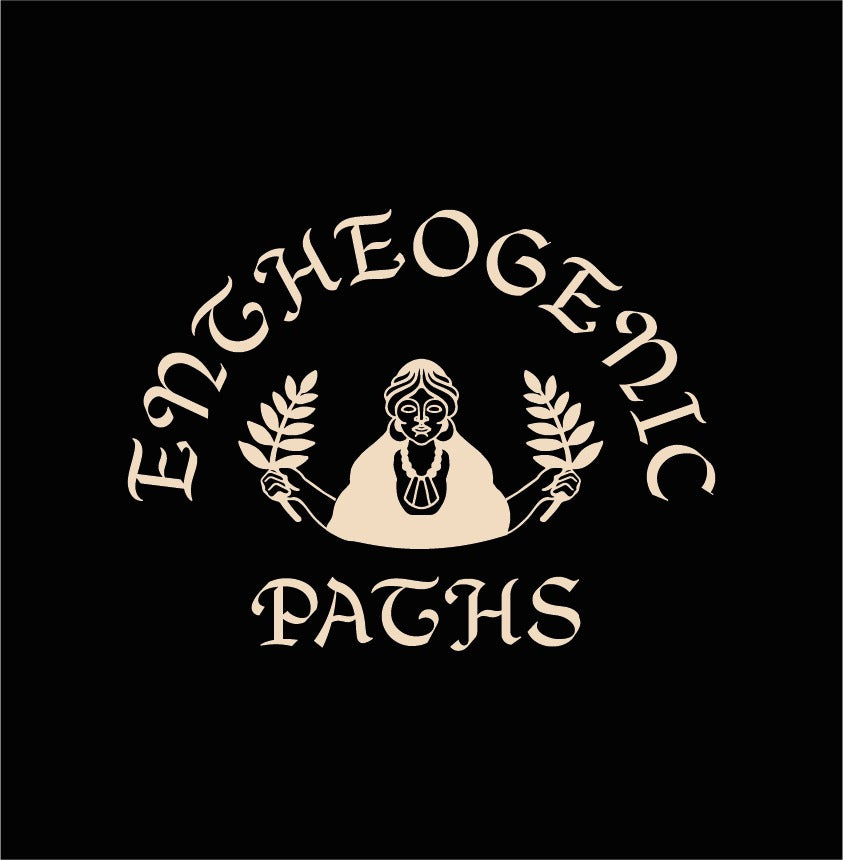
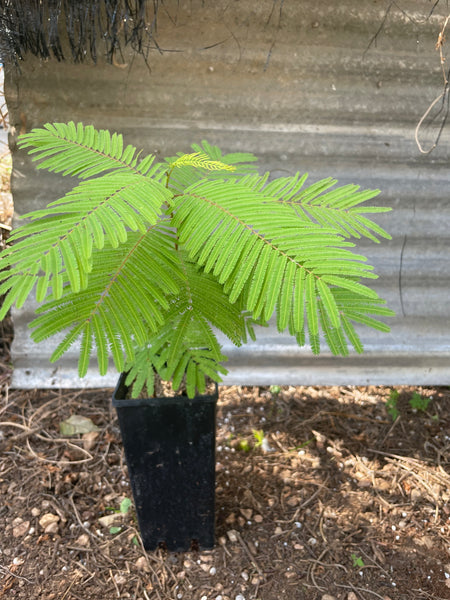
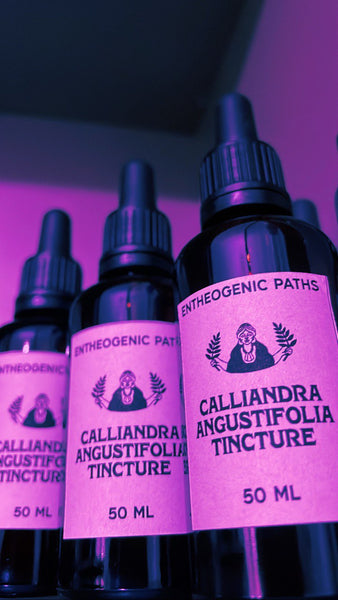
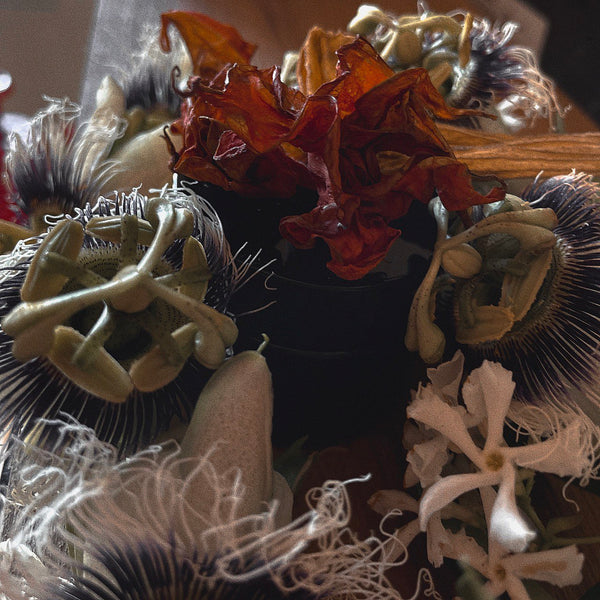
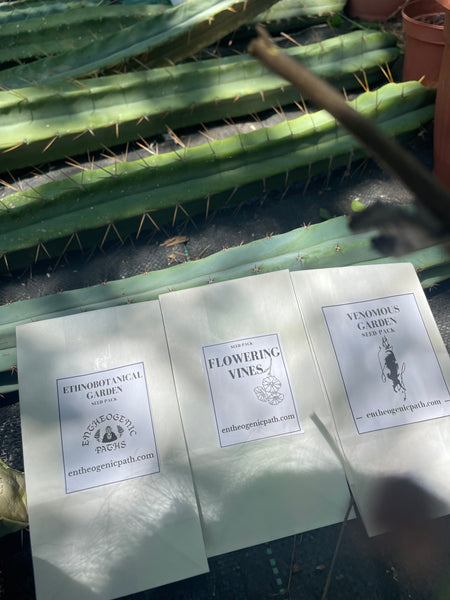
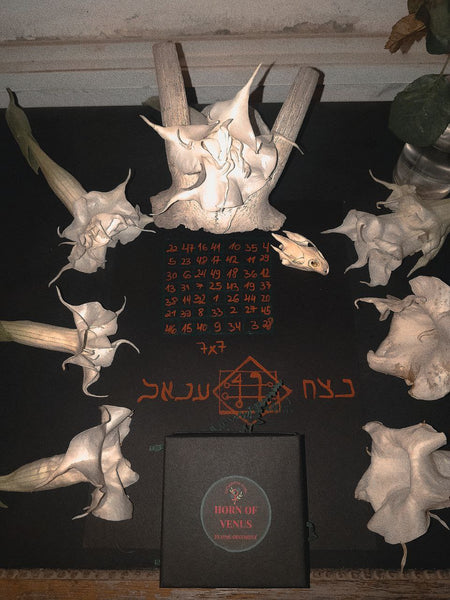
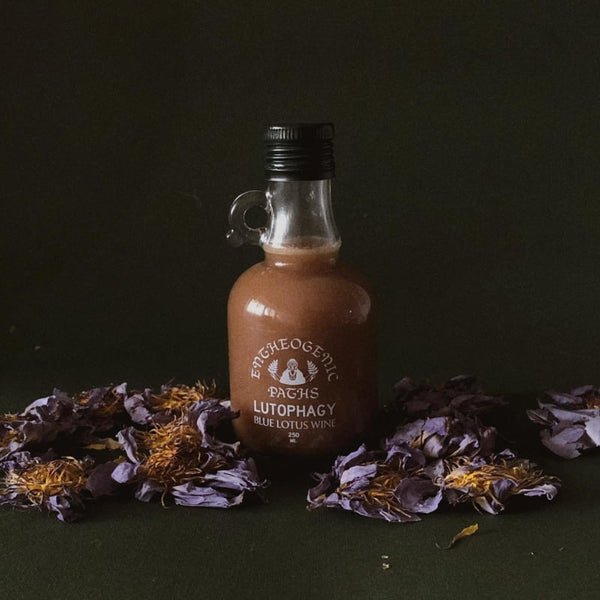
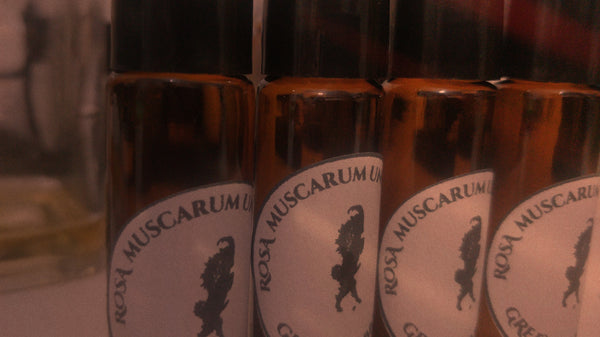
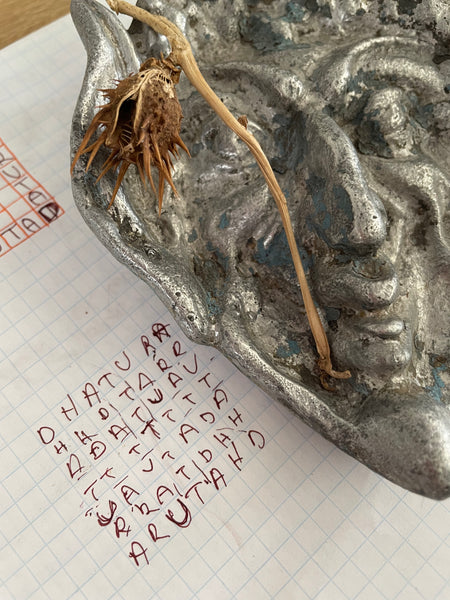

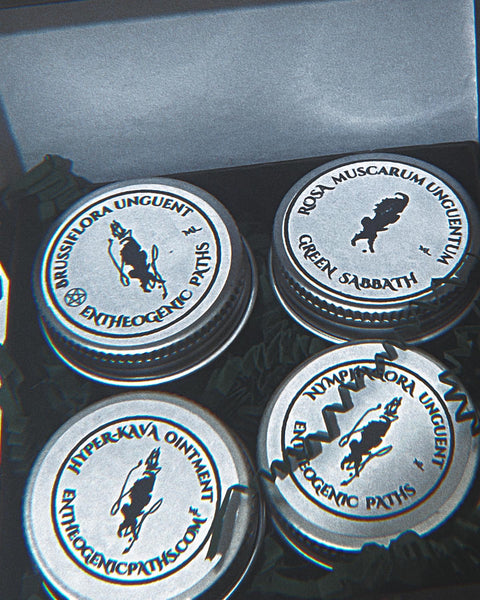
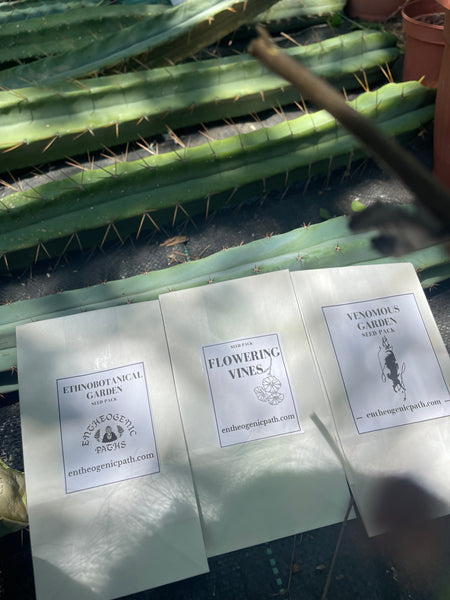
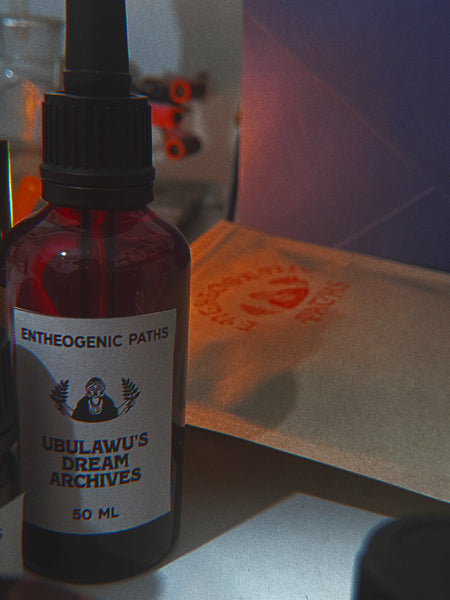
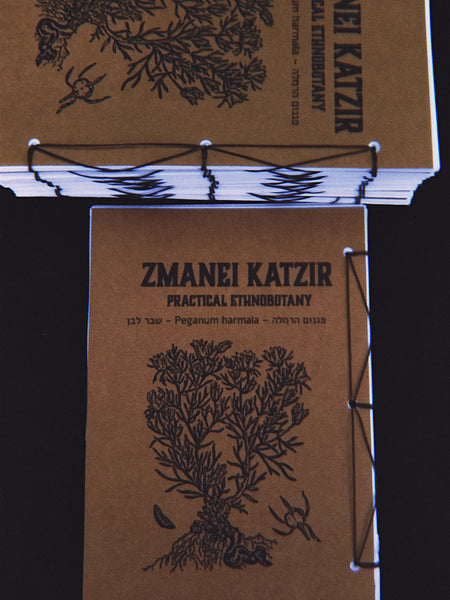

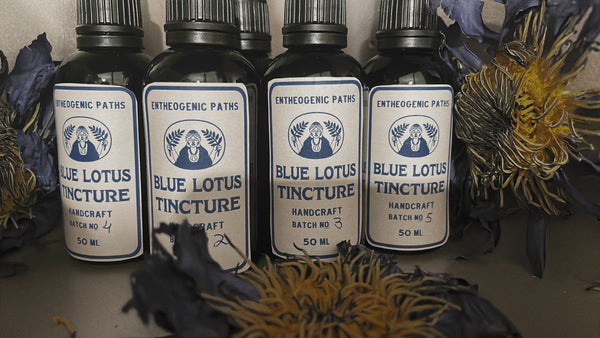

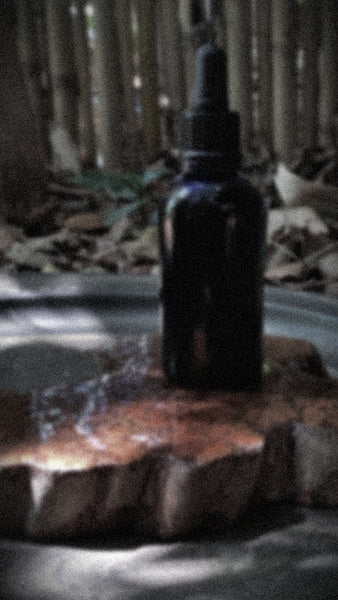
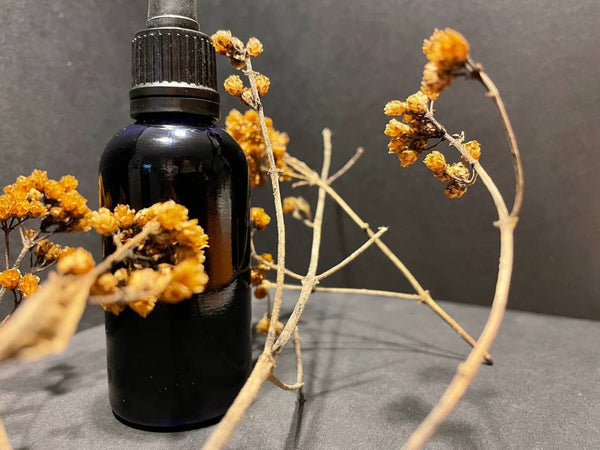
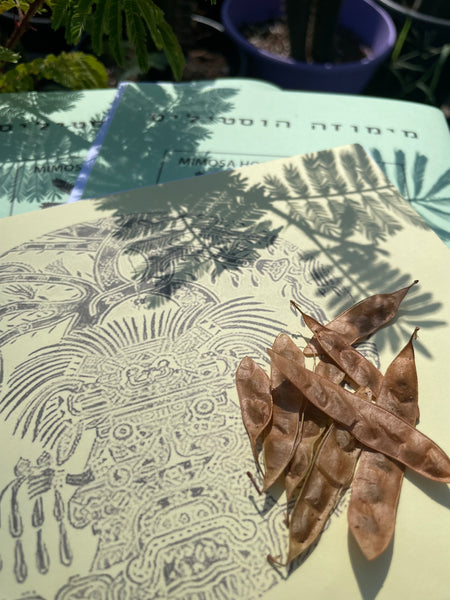

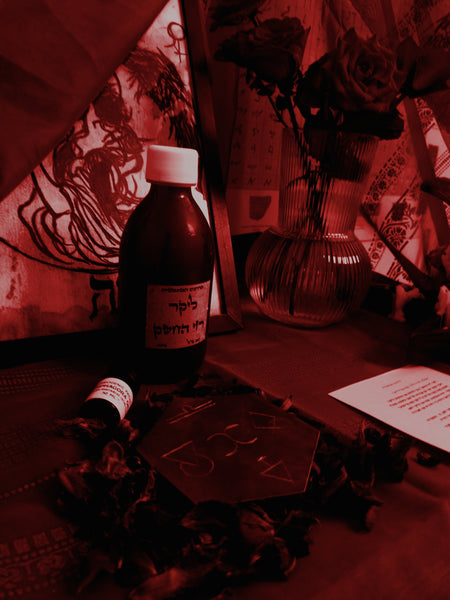

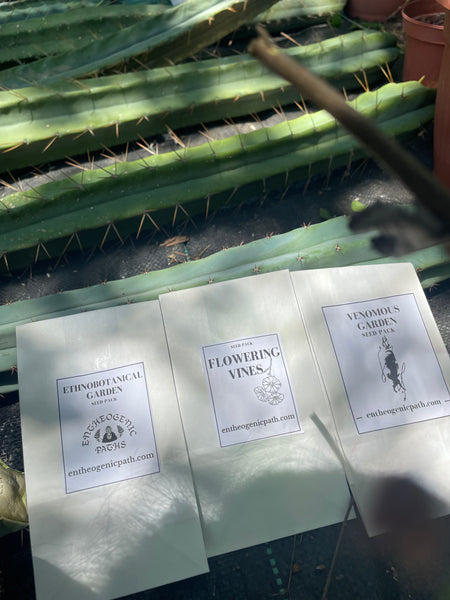
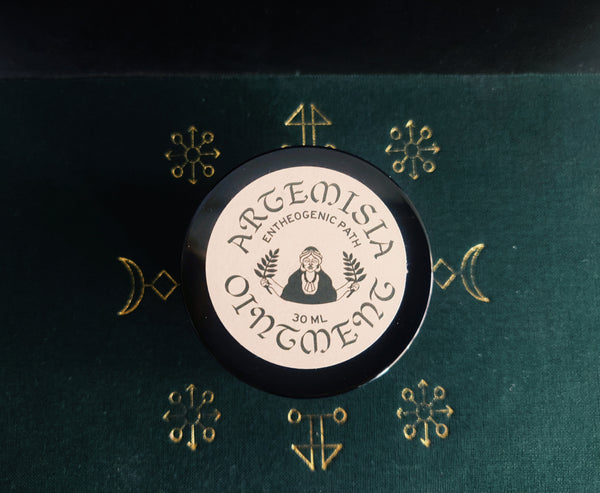
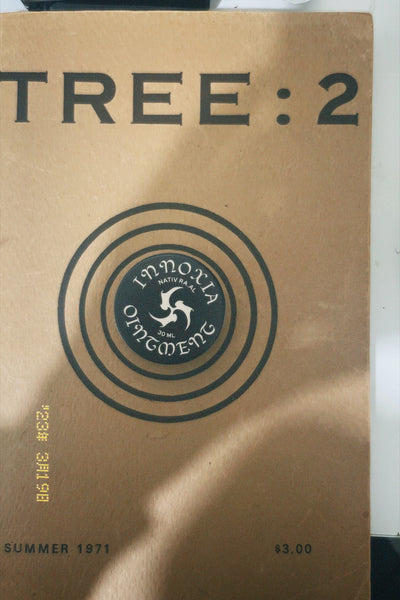
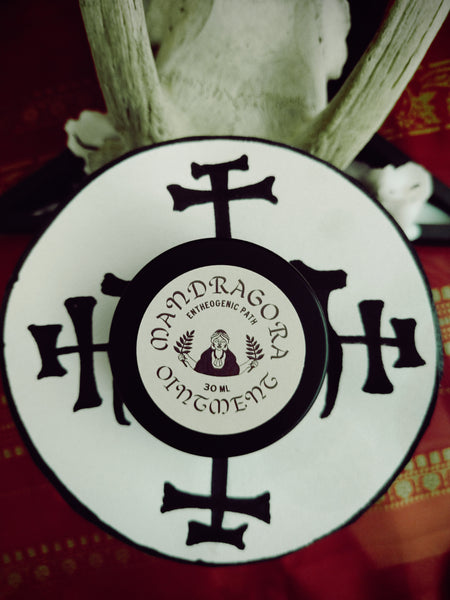
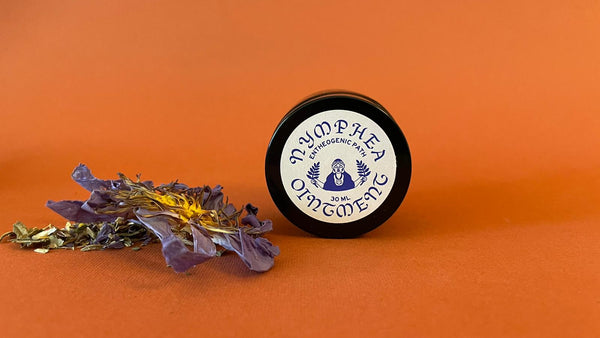
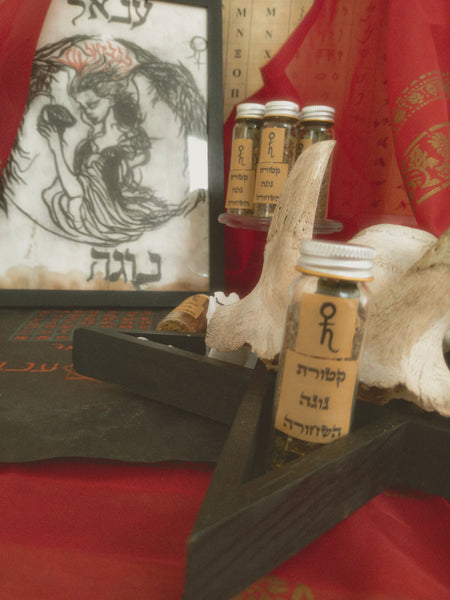

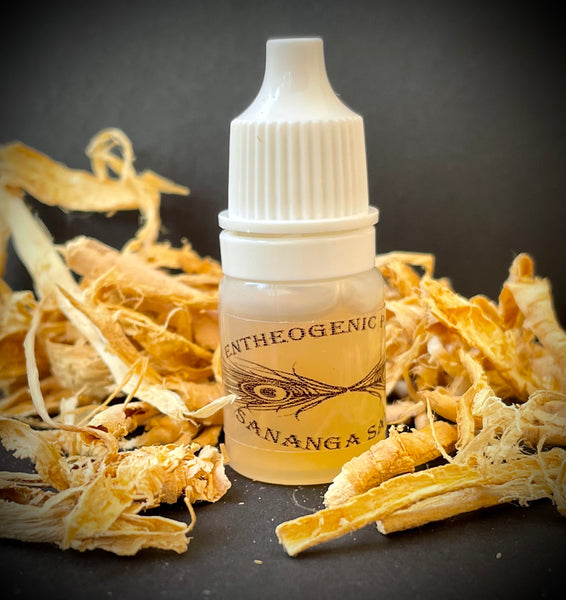


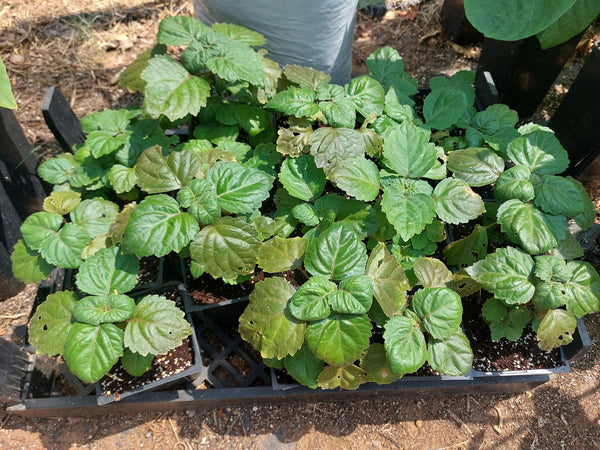
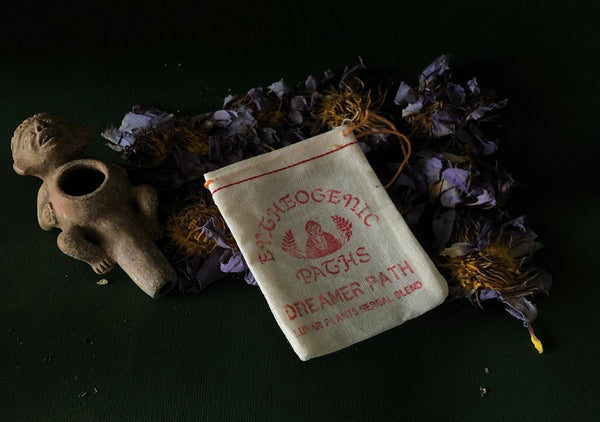
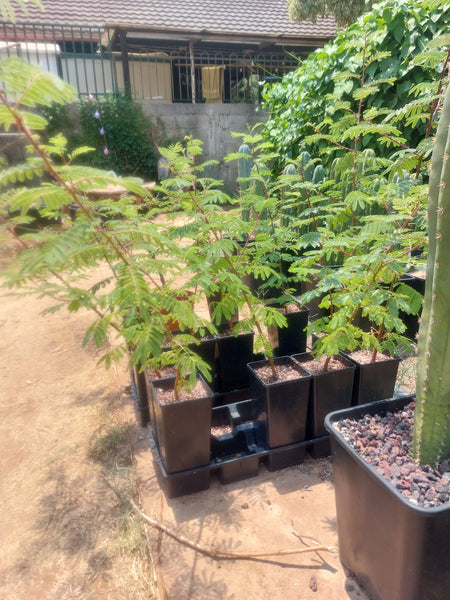


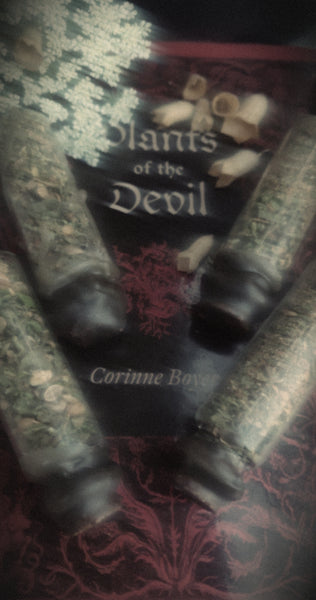
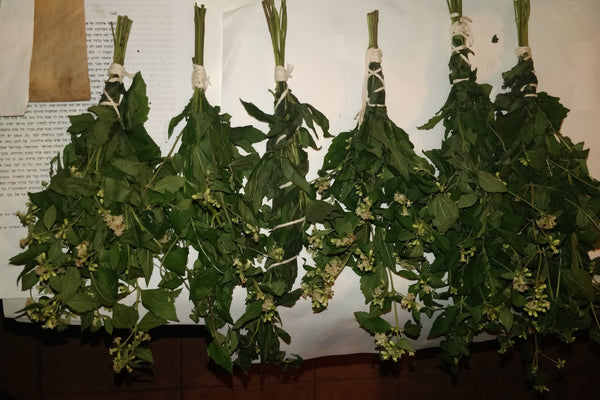
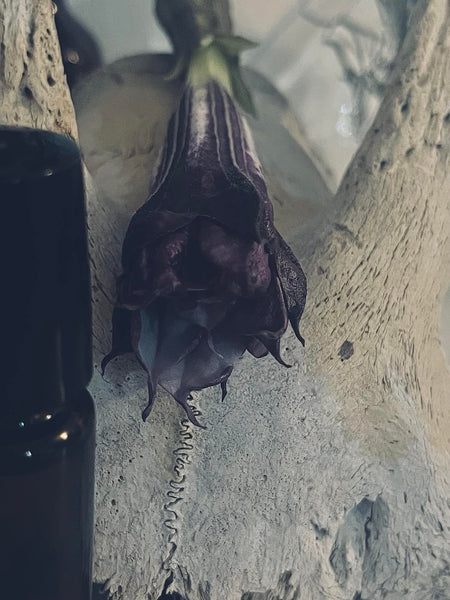

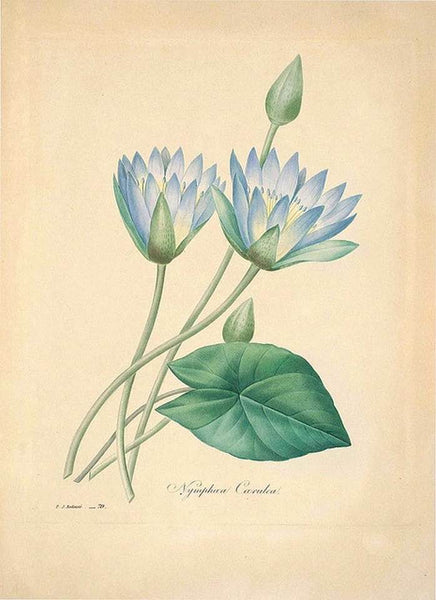
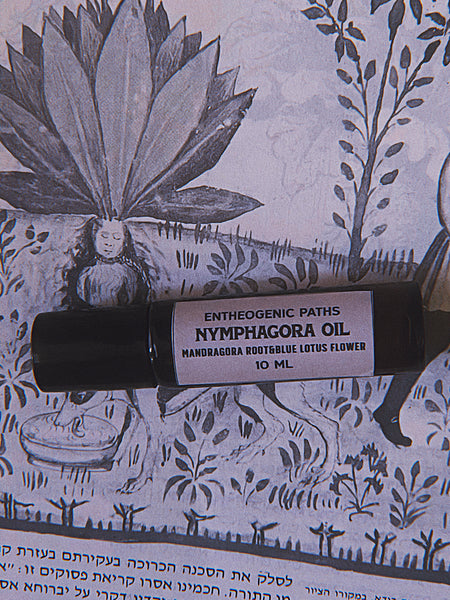
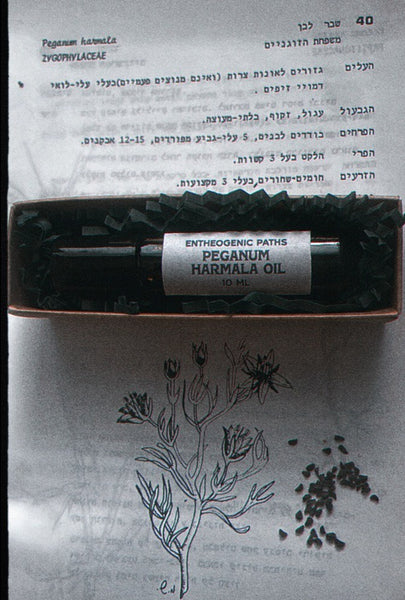
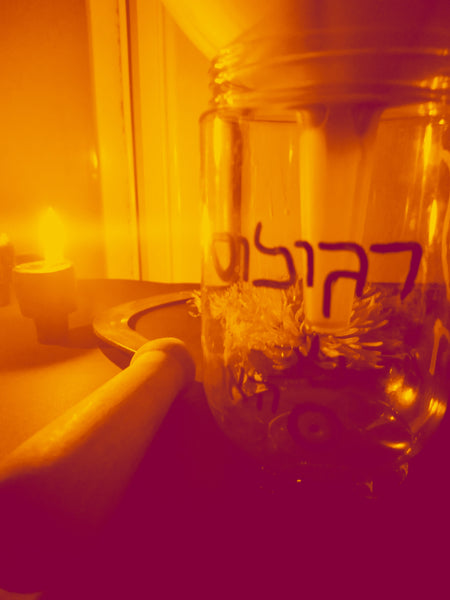
תודה על ההנגשה!